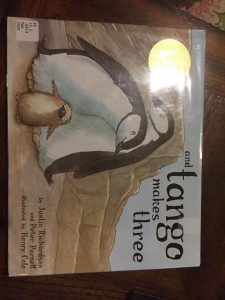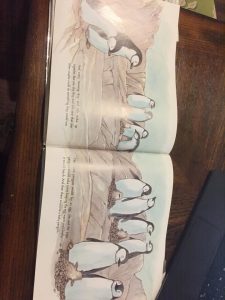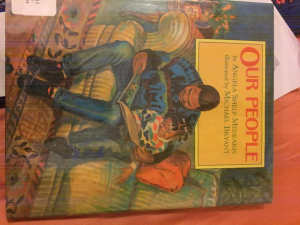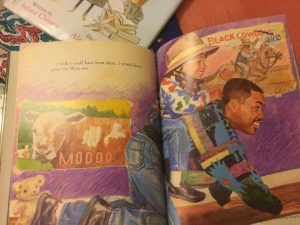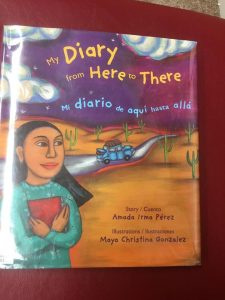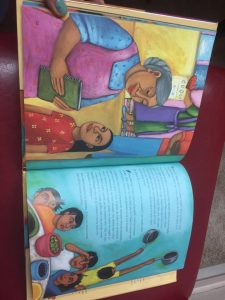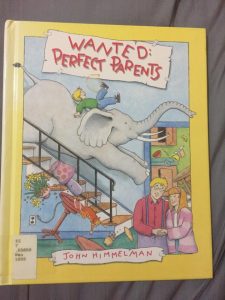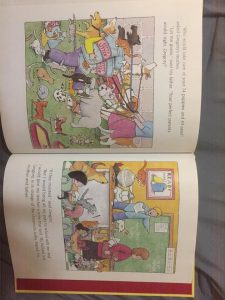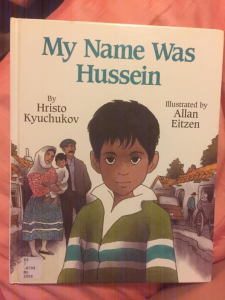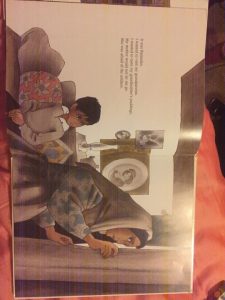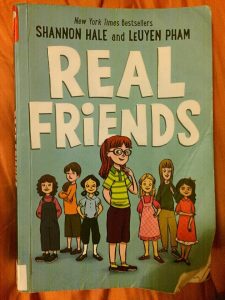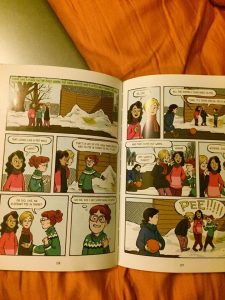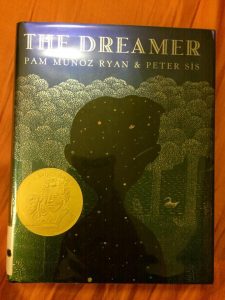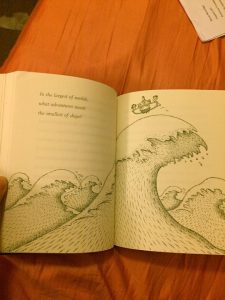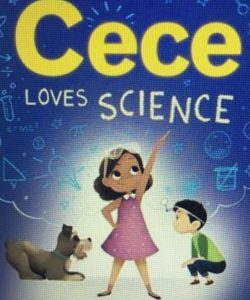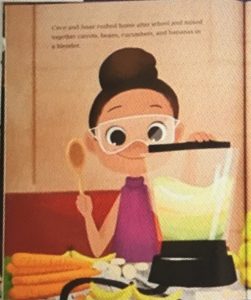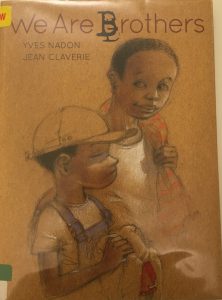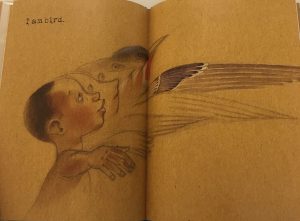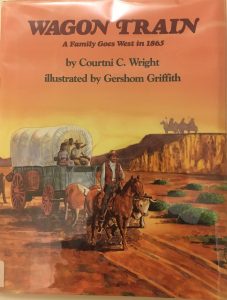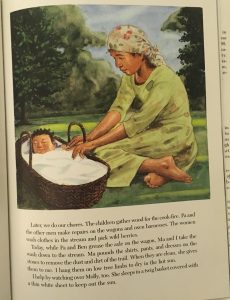Title: And Tango Makes Three
Author: Justin Richardson, Peter Parnell
Illustrator: Henry Cole
Publication/ Year: Simon & Schuster Books for Young Readers, 2005
Number of Pages: 28
Tags/ Themes: Animals, Award Book, Diversity, Family, Non-Fiction, Picture book, K-5
Genre: Non-Fiction
Descriptive Annotation: At the beginning of the book I found myself rolling my eyes, thinking this was just another story about a man and a woman who fell in love. But I was quickly surprised! It follows the story of two male penguins, Roy and Silo, who fall in love and want a baby. Finally, the zookeeper gives them another penguin’s egg and they have the baby they have always wished for. At the end of the book, there is an author’s note which explains that all of these events are things that truly did happen in the Central Park Zoo. Students wouldn’t necessarily need any background knowledge, just an open mind.
Classroom Application: This book would be great to use when teaching acceptance and appreciation of everyone regardless of what their preferences are. It appeals more to the Social and Emotional Learning Standards, encouraging kids to both see and accept others for who they are and also to be proud and confident in themselves, regardless of if they are part of the “norm” or not. This book would be great to start a conversation about social justice issues, and I could tie it in to a social studies lesson talking about gay rights or other civil rights movements. Additionally, it makes me wonder about how different species are wired psychologically! I bet there are more examples out there of animals showing gay tendencies! I might encourage someone to do research on that and see if they can bring any other information forward (if it was an older class).
Linguistic and Cultural Diversity Analysis: As I mentioned before, this has great cultural diversity. In my opinion, there are not nearly enough books which depict homosexual love. In our society today, the LGBTQ+ population is bigger than ever, probably because more are willing to be open and honest about who they are. Despite this, there is still a ton of prejudice and discrimination against us. By using books which open kids’ eyes from an early age, such as this one, showing that love is love no matter what, it will help society continue to grow more and more accepting of everyone, despite our differences.
Illustration:
